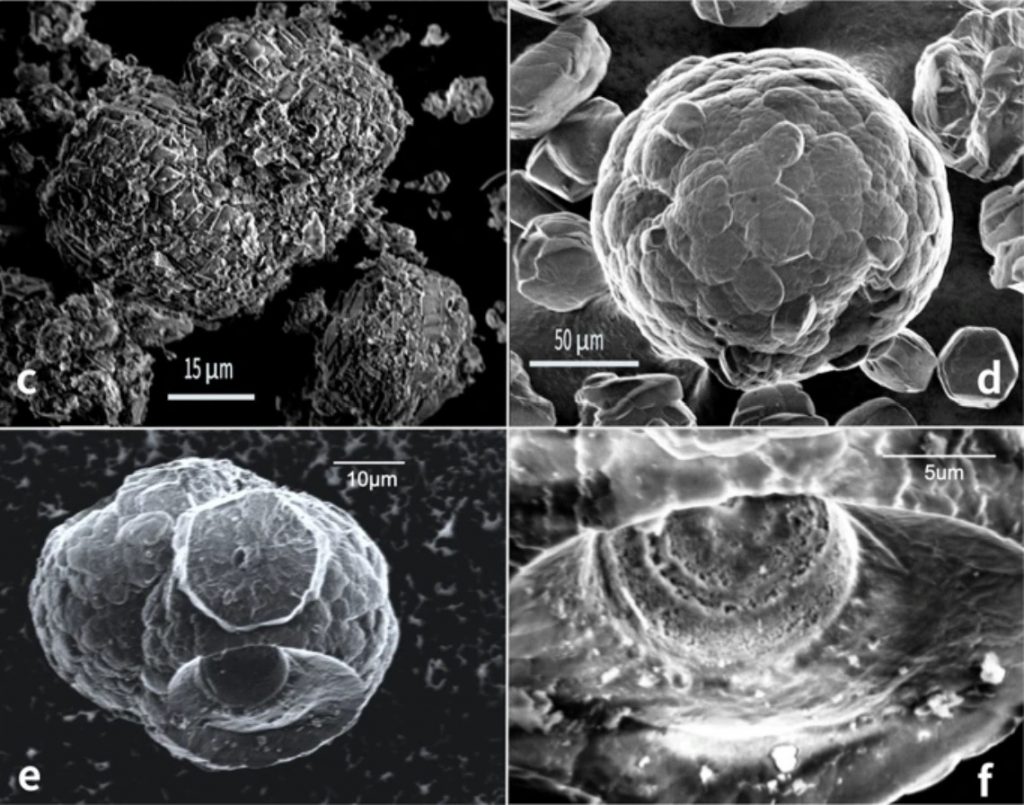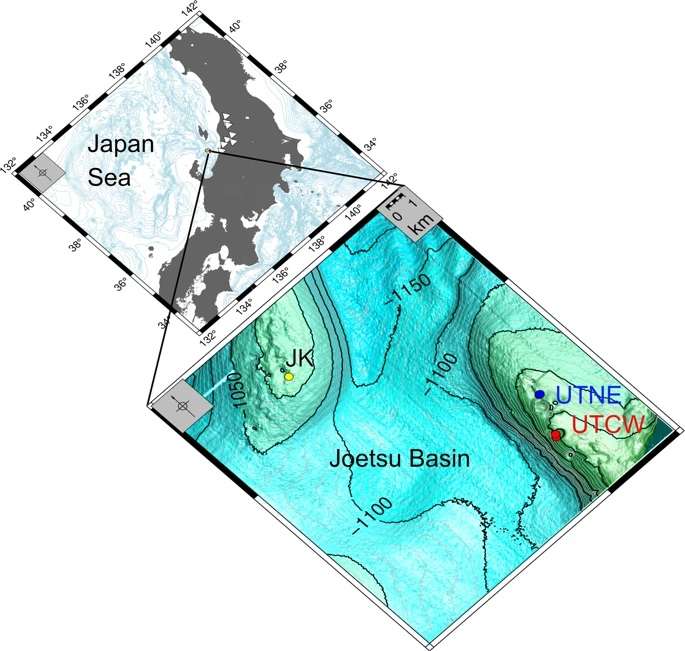There is abundance of combustible ice found on the bottom of the Joetsu Basin in the Japan Sea
And scientists have discovered the existence of life in that so-called flammable ice.

Methane hydrate (or combustible ice) is produced when the natural gas methane combines with water, then freezes in low temperatures and high pressures. In recent years it has been deeply studied as a potential energy source. And during one of those investigations, scientists unearthed a previously unknown microhabitat.
Learn what’s methane hydrate flammable ice in the video below:
Microdolomite and Bacteria Symbiosis
While melting the hydrate to study the methane gas release, the lead author of the study noticed a deposit left behind that contained some small spheroidal grains, called microdolomites.
Moreover, oil was shown to be degraded by bacteria in the microenvironments surrounding the grains. Doing so, scientists discovered that the bacteria were enabling the growth of the microdolomites:
- The bacteria feeding off the oil, produce oxidized carbon in the process.
- The oxidized carbon, a key component of the microdolomites, is then used to continually grow the grain.
- Meanwhile, the bacteria were building a home for themselves.

The scientist explains: “The methane in ‘methane hydrate’ is known to form as microbes degrade organic matter on the seafloor.
But what we never expected to find was microbes continuing to grow and produce these spheroids, all of the time while isolated in tiny cold dark pockets of saltwater and oil.
“Even under near-freezing temperatures, at extremely high pressures, with only heavy oil and saltwater for food-sources, life was flourishing and leaving its mark.”
But where else this microhabitat might exist?
In space, you are right. Just think about the multiple icy moons of Jupiter and other giant gaseous planets or even Pluto in our solar system.
Yep, all those frigid cold planets, moons, asteroids and comets at the edge of every planetary system could host tiny microhabitats with microbes building their own ‘death stars’ and making their own tiny little atmospheres and ecosystems, just as these scientists have discovered here.
Alien life is there, alien life is true! Read similar headlines on Strange Sounds or Steve Quayle. [Nature, ABDN]












Japan was so faithful to her Emperor. Find who drove your Emperor to change his mind. Listen to the higher